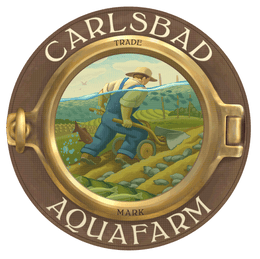· By Carlsbad Aquafarm
Sustainable Aquaculture: Nurturing the Ocean's Bounty Responsibly
Sustainable Aquaculture: Nurturing the Ocean's Bounty Responsibly
Introduction:
As the demand for seafood grows, the importance of sustainable aquaculture becomes increasingly evident. Sustainable aquaculture is a method of cultivating aquatic organisms, such as fish, shellfish, and plants, in a manner that promotes environmental responsibility, social equity, and economic viability. In this blog post, we will explore what sustainable aquaculture entails and its significance in preserving our oceans and meeting global seafood needs.
Environmental Stewardship:
Sustainable aquaculture places a strong emphasis on minimizing environmental impact. It promotes practices that conserve water resources, reduce pollution, and protect biodiversity. By utilizing efficient feeding strategies, managing waste responsibly, and controlling disease outbreaks, sustainable aquaculture strives to maintain the health and integrity of aquatic ecosystems. It also considers the sourcing of feed ingredients, aiming to minimize reliance on wild-caught fishmeal and oil, and instead utilizing sustainable alternatives.
Social Responsibility and Community Engagement :
Sustainable aquaculture goes beyond environmental considerations and encompasses social responsibility. It prioritizes fair labor practices, safe working conditions, and the well-being of local communities. By engaging with communities and stakeholders, sustainable aquaculture operations seek to create positive social and economic impacts. They support the livelihoods of coastal communities, foster job creation, and contribute to local food security, particularly in regions where traditional fishing practices may be under strain.
Economic Viability and Market Transparency:
Sustainable aquaculture recognizes the need for economic viability to ensure long-term sustainability. It encourages efficient resource utilization, improved production techniques, and effective management practices to enhance productivity and profitability. Additionally, transparent supply chains and certification programs, such as the Aquaculture Stewardship Council (ASC) and Best Aquaculture Practices (BAP), provide assurance to consumers and promote market transparency, making it easier for conscientious consumers to make sustainable seafood choices.
Conclusion:
Sustainable aquaculture is an essential approach that strives to meet the world's growing demand for seafood while minimizing environmental impacts, ensuring social responsibility, and promoting economic viability. By adopting sustainable practices, aquaculture operations can contribute to healthy ecosystems, thriving communities, and a more sustainable future for our oceans and the global seafood industry.

